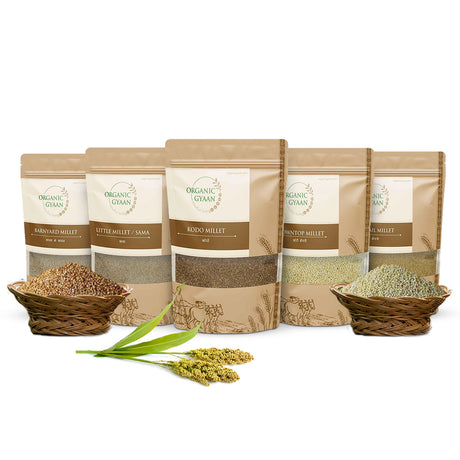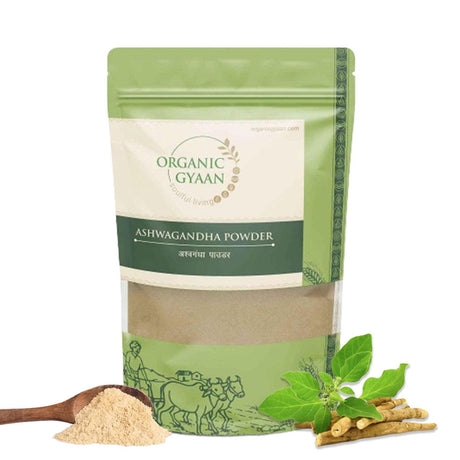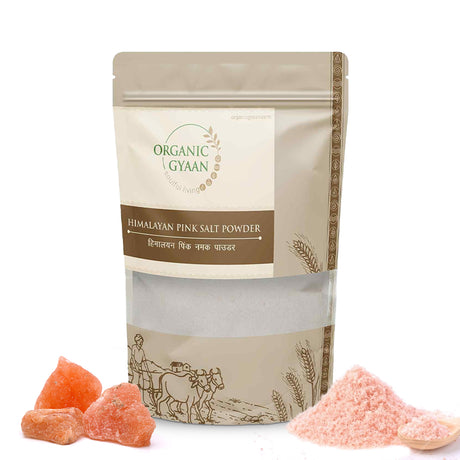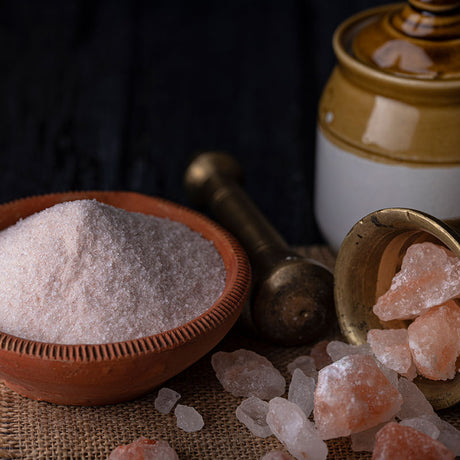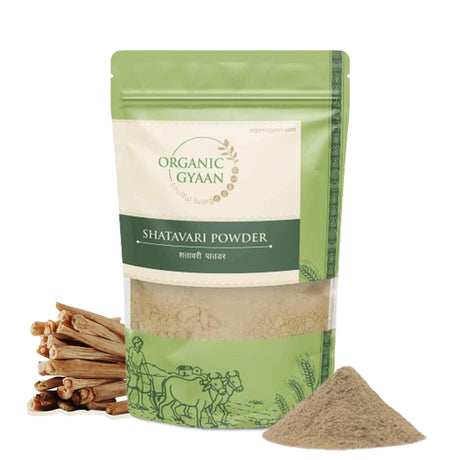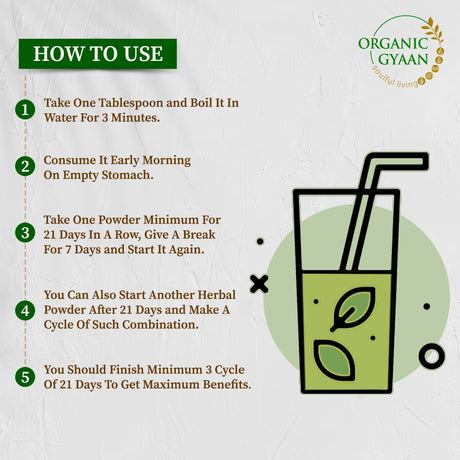Here’s something worth knowing:
If you lower your A1C by just 1%, your risk of diabetes complications like kidney damage, vision problems, and nerve issues can drop by more than 30%.
That’s a big win. But it leaves many people wondering: “I want to do better — but how do I actually lower my A1C?”
The good news? You don’t have to change your whole life overnight. Small, consistent steps can bring your numbers down, boost your health, and give you more control over your diabetes.
In this guide, we’ll explain what is A1C, why it matters, and how to lower A1C naturally with vegetarian, practical tips you can start today.
What Is A1C and Why Is It Important?
A1C is a blood test that shows your average blood sugar over the past 2–3 months.
Unlike the finger-prick test you do at home, which gives you a number for that exact moment, A1C tells the bigger story of how your glucose levels have been over time.
A1C levels:
- Below 5.7% – Normal
- 5.7% to 6.4% – Prediabetes
- 6.5% or higher – Diabetes
Most doctors recommend keeping your A1C below 7%, though this can vary based on age, health conditions, and your doctor’s guidance.
Why does it matter? Because the higher your A1C, the more your blood vessels and nerves are under strain, increasing the risk of heart, kidney, eye, and nerve problems.
How to Lower A1C – Simple, Real-Life Changes That Work
Lowering A1C isn’t about crash diets or extreme changes. It’s about building small habits that make a lasting difference.
1. Know Your Numbers and Patterns
You can’t change what you don’t track.
Regularly check your blood sugar and keep a log. Note what you eat, your activity level, stress, and sleep.
What to do:
- Track readings daily.
- Write down your meals, snacks, and any unusual events (like stress or illness).
- Spot patterns - maybe white rice at lunch spikes you, or late-night snacking raises morning readings.
Once you identify patterns, you can make smart adjustments.
2. Eat for Steady Blood Sugar
Your diet plays the biggest role in controlling your A1C. The goal is to keep your blood sugar from spiking too high after meals.
Better vegetarian choices:
- Low-glycemic foods like non-starchy vegetables, whole lentils, chickpeas, kidney beans, whole grains, and berries.
- Plant-based protein from lentils, beans, tofu, soy chunks, Greek yogurt, or paneer.
- Healthy fats from nuts, seeds, coconut, and cold-pressed oils like sesame or groundnut.
Avoid or limit:
- Sugary drinks, sweets, and desserts
- White bread, white rice, and refined flour products
- Deep-fried and packaged snacks
Easy swaps:
- White rice - Brown rice, foxtail millet, or quinoa
- Cookies - A handful of almonds or roasted chickpeas
3. Move More — Even in Small Doses
Physical activity helps your body use insulin better and move sugar from your blood into your muscles for energy.
Ideas for daily movement:
- Aim for 150 minutes a week of walking, cycling, or light jogging.
- Take a 10-minute walk after each meal to prevent spikes.
- Try yoga or bodyweight exercises 2–3 times a week for strength.
Did you know?
Even short walks after eating can lower post-meal sugar by 20–30%.
4. Manage Your Weight (Even a Little Helps)
Extra belly weight can make your body less responsive to insulin.
You don’t need to lose a huge amount — even 5–7% of your body weight can help improve A1C levels.
Tips:
- Focus on portion control.
- Replace refined carbs with whole grains.
- Add more vegetables to fill your plate.
5. Keep Stress in Check
Stress hormones like cortisol can make your liver release more sugar into your blood.
Simple stress relievers:
- Deep breathing for 2–3 minutes
- Gentle yoga or stretching
- Listening to calming music
- Gardening or light housework
Even a few minutes of relaxation can make a difference.
6. Prioritize Quality Sleep
Lack of sleep makes it harder for your body to use insulin.
Aim for 7–9 hours of quality rest.
Better sleep habits:
- Go to bed and wake up at the same time every day.
- Avoid screens before bed.
- Keep your bedroom cool, dark, and quiet.
- Avoid caffeine or heavy meals late at night.
7. Take Your Medication as Prescribed
If you’ve been prescribed medicines for blood sugar control, don’t skip doses.
Stay consistent:
- Set alarms on your phone.
- Use a pill organizer.
- Take medicines with a regular daily routine, like after brushing your teeth.
8. Add More Fiber to Your Plate
Fiber slows sugar absorption and keeps your blood sugar steady.
High-fiber vegetarian foods:
- Lentils, chickpeas, black beans, kidney beans
- Whole grains like oats, barley, millet
- Leafy greens, broccoli, carrots
- Fruits like apples, pears, and berries
Fill at least half your lunch and dinner plate with vegetables.
9. Stay Hydrated
Water helps your kidneys flush extra sugar from your blood.
Aim for:
8–10 glasses of water a day (more if you’re active or in hot weather).
Avoid:
Sugary drinks, sweetened coffee, and fruit juices — they cause quick spikes.
10. Try Natural Helpers (With Caution)
Some natural foods may help support blood sugar control.
Examples:
- Cinnamon – May improve insulin sensitivity.
- Fenugreek seeds – Rich in soluble fiber, slows sugar absorption.
- Apple cider vinegar with Mother – May reduce sugar spikes if taken before carb-heavy meals.
Always check with your doctor before starting new supplements.
What Science Says About Lowering A1C
- A study in Diabetes Care found that diet changes plus exercise lowered A1C by up to 1.5%.
- The Journal of Nutrition links high fiber intake to better A1C and fasting glucose levels.
- The ADA reports that losing just 5–10% of body weight can significantly improve insulin sensitivity.
How to Lower A1C Naturally – The Simple Plan
Here’s a quick plan you can follow:
- Track your blood sugar daily.
- Eat balanced vegetarian meals rich in fiber and protein.
- Move after meals — even short walks help.
- Manage stress with small daily habits.
- Get 7–9 hours of sleep every night.
- Take medicines regularly.
- Drink plenty of water.
- Consider natural aids after talking to your doctor.
Conclusion
If you’ve been wondering how to lower A1C, the secret is steady, everyday habits — not sudden extreme changes.
By understanding what is A1C, keeping an eye on your A1C levels, and making small, consistent improvements, you can lower your A1C naturally and protect your health for the long run.
Start small — maybe add a 10-minute walk after lunch or swap white rice for millet. Over time, these small steps add up to big results.
Even a 0.5% drop is worth celebrating — it’s one step closer to a healthier, stronger you.

